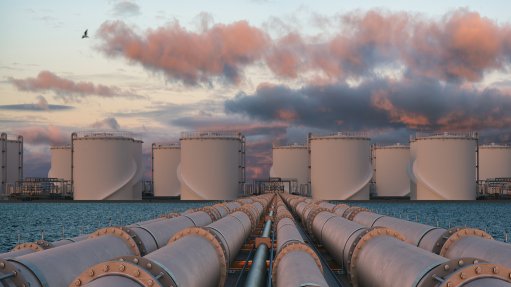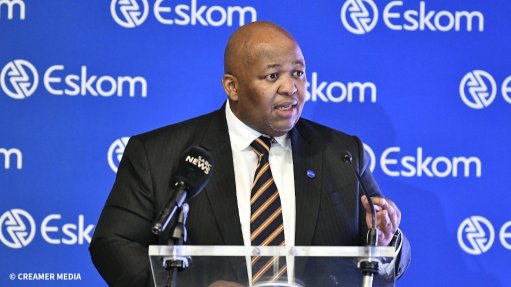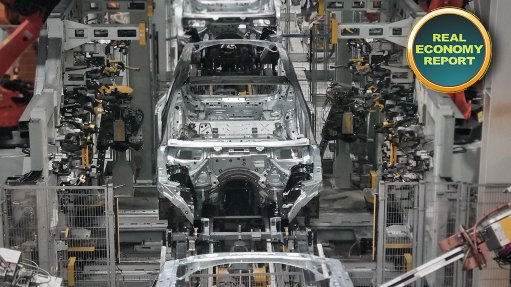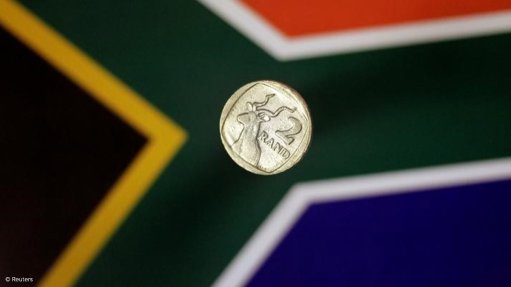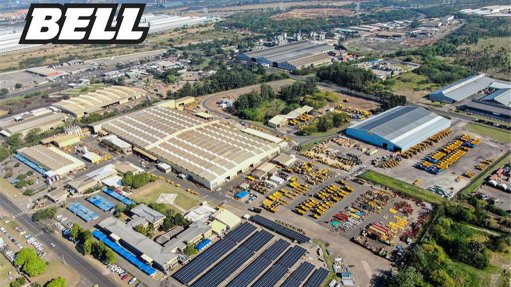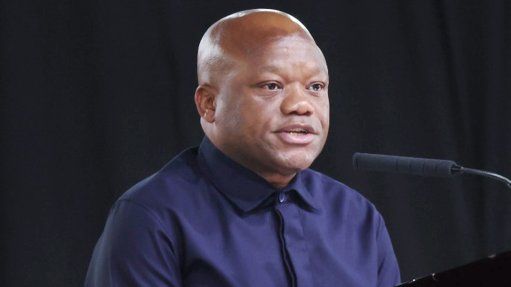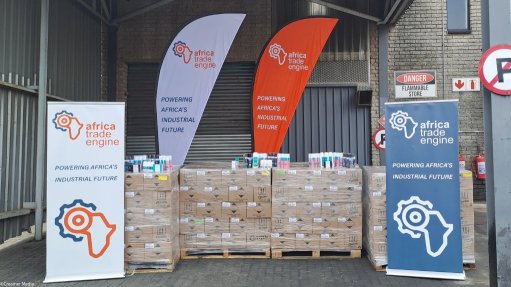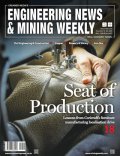Power, property, and people: Land rights in the age of renewables
This article has been supplied.
By: Kagiso Mahlangu, Director, Head of Real Estate & Conveyancing at CMS South Africa
Renewable energy projects, particularly in rural areas, have become increasingly central to the national agenda. Vast solar and wind farms are appearing across South Africa’s countryside, standing as gleaming beacons manifesting progress towards the decarbonisation goals set out in the government’s latest Integrated Resource Plan (IRP).
The plan, alongside private sector initiatives, is projected to increase the renewable share of the power mix to 22% by the decade’s end. South Africa, under Energy Minister Kgosientsho Ramokgopa, is expected to expand its clean energy footprint even further, but in doing so, we must ask: at what cost, and to whom?
Beneath this green transformation lies a deeper story about land, law, and the people most affected by these developments – poor communities with limited opportunities.
This week, as the world marks Earth Day, under the theme “Our Power, Our Planet”, we need to ask how we can pursue sustainable energy solutions without turning a blind eye to the rights, needs, and voices of the communities.
These developments are most often in areas where basic infrastructure is lacking, and unemployment is high. While renewable energy projects generate power for those who can afford to pay, many nearby households are deemed to be energy-poor, spending more than 10% of their income on power.
The land question
Large-scale renewable energy projects – solar farms, wind farms and other green infrastructure – often require vast tracts of land, usually found in rural or agriculturally zoned areas. While the shift to renewables is critical in the fight against climate change, it opens a complex set of legal, developmental, and ethical challenges.
Without the land, there can be no project, which is why securing land is often the most difficult part of these renewable energy projects.
The difficulty is compounded in rural areas where land ownership can be unclear or informal. Properties may be communally held, vested in trusts, or without formal title deeds. For developers, this introduces legal hurdles and makes it harder to secure funding. Lenders want guarantees, and informal tenure systems seldom offer the kind of security required for large capital investments.
Moreover, once land is secured, developers typically enter into lease agreements with local landowners. These agreements must make commercial sense for both parties but striking that balance can be onerous. In many cases, land has been farmed for generations. The arrival of a renewable project introduces new terms, timelines and expectations, not all of which are easily navigated.
What about the community?
Renewable energy is often hailed as a tool to alleviate poverty. Such projects promise not only to help decarbonise the economy but also improve energy access in underserved areas.
Yet the irony is that some projects are constructed near communities still living without electricity; developers are building wind and solar farms next to households that are still burning candles for light.
This highlights why communities should have a voice in the projects brought into their areas.
It is commendable that the Renewable Energy Independent Power Producer Procurement Programme (REIPPPP), weighs 30% of a bidding company's application against economic development criteria. This includes creating jobs and encouraging local industrialisation. The impact of this policy framework is already being felt in communities like Jeffreys Bay, where a wind farm project also funds an agricultural bursary programme. This scholarship has enabled pupils from Humansdorp and Patensie to attend an agricultural high school in Cradock, developing much-needed agricultural skills that can be reinvested in local communities.
Zooming out to the latest REIPPP bid window, eight preferred bidders have been appointed, and they have committed to creating 1,570 job opportunities. These companies will also spend more than R300 million on skills development, bursaries for previously disadvantaged students and other development initiatives as projects are built and brought online. Policies and commitments are important, but the results must be seen in communities overcoming socio-economic challenges and being revitalised through these renewable projects.
Legal landscape and barriers
Renewable projects also raise questions about balancing the needs for agriculture and energy production. South Africa already has laws in place that attempt to safeguard agricultural viability. The Subdivision of Agricultural Land Act, for instance, discourages the fragmentation or partial leasing of farmland. This is to ensure that such land remains economically viable over time.
However, as renewable energy projects grow in scale and complexity, it is clear that these laws are sometimes out of step with sustainability goals. There is a growing need for legal reform that supports both clean energy expansion and the protection of rural livelihoods.
At present, zoning permissions and land use consents are required before a property can be converted into a renewable energy site. These processes are handled largely by town planners, not property lawyers, and can involve multiple layers of bureaucracy. In certain cases, ministerial consent is also required – particularly when dealing with agricultural land or heritage areas.
Article Enquiry
Email Article
Save Article
Feedback
To advertise email advertising@creamermedia.co.za or click here
Comments
Announcements
What's On
Subscribe to improve your user experience...
Option 1 (equivalent of R125 a month):
Receive a weekly copy of Creamer Media's Engineering News & Mining Weekly magazine
(print copy for those in South Africa and e-magazine for those outside of South Africa)
Receive daily email newsletters
Access to full search results
Access archive of magazine back copies
Access to Projects in Progress
Access to ONE Research Report of your choice in PDF format
Option 2 (equivalent of R375 a month):
All benefits from Option 1
PLUS
Access to Creamer Media's Research Channel Africa for ALL Research Reports, in PDF format, on various industrial and mining sectors
including Electricity; Water; Energy Transition; Hydrogen; Roads, Rail and Ports; Coal; Gold; Platinum; Battery Metals; etc.
Already a subscriber?
Forgotten your password?
Receive weekly copy of Creamer Media's Engineering News & Mining Weekly magazine (print copy for those in South Africa and e-magazine for those outside of South Africa)
➕
Recieve daily email newsletters
➕
Access to full search results
➕
Access archive of magazine back copies
➕
Access to Projects in Progress
➕
Access to ONE Research Report of your choice in PDF format
RESEARCH CHANNEL AFRICA
R4500 (equivalent of R375 a month)
SUBSCRIBEAll benefits from Option 1
➕
Access to Creamer Media's Research Channel Africa for ALL Research Reports on various industrial and mining sectors, in PDF format, including on:
Electricity
➕
Water
➕
Energy Transition
➕
Hydrogen
➕
Roads, Rail and Ports
➕
Coal
➕
Gold
➕
Platinum
➕
Battery Metals
➕
etc.
Receive all benefits from Option 1 or Option 2 delivered to numerous people at your company
➕
Multiple User names and Passwords for simultaneous log-ins
➕
Intranet integration access to all in your organisation









